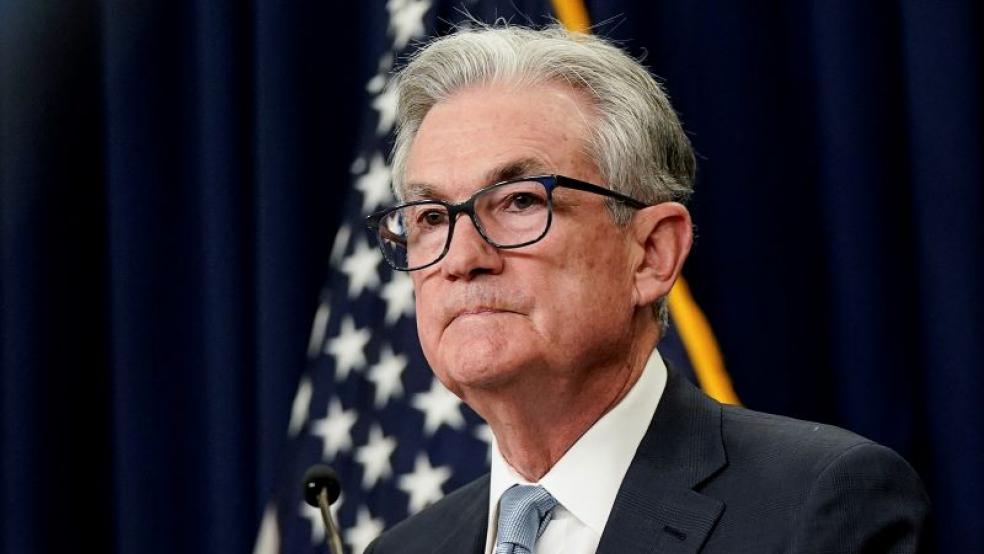The Federal Reserve on Wednesday raised its benchmark interest rate by three-quarters of a percentage point, lifting the target range to between 1.5% and 1.75%. The widely expected rate hike, the largest since 1994, comes as the central bank ramps up its campaign to combat the persistent inflationary surge that threatens to overwhelm the U.S. economy.
Members of the Federal Open Market Committee indicated that they expect to continue to aggressively raise rates, contingent on new data, with a target of 3.4% by the end of the year — a 1.5-point increase from the projection released in March. Fed Chairman Jerome Powell told reporters that another three-quarter-point increase would be on the table for the next FOMC meeting in July. Fed officials expect the key federal funds rate to peak at between 3.5% and 4% in 2023, with a median expectation of 3.8%.
Overall, Powell made it clear that he still expects to push the inflation rate back down to its target range near 2% in the long run, even though conditions have been worse than expected. “We thought that strong action was warranted at this meeting and we delivered on that,” Powell said. “It is essential that we bring inflation down if we are to have a sustained period of strong labor market conditions that benefit all. … The current picture is plain to see: The labor market is extremely tight and inflation is much too high.”
Fed officials now expect inflation to come in at 5.2% for the full year in 2022, before dropping to 2.6% in 2023 and 2.3% in 2024.
Counting on a soft landing: While Fed officials slashed their projections for economic growth — GDP is now estimated to increase by 1.7% in 2022, down from the 2.8% estimate released in March — they also said they still expect to avoid a recession.
Still, the path now looks quite a bit bumpier. Unemployment is projected to climb steadily, increasing to 3.7% by the end of 2022, hitting 3.9% in 2023 and 4.1% in 2024. Powell told reporters that even with those increases, the labor market would still be in relatively good shape.
“If you were to get inflation on its way down to 2%, and unemployment up to 4.1%, that’s still a historically low level. … 3.6% is historically low in the last century,” Powell said. “So a 4.1% unemployment rate, with inflation well on its way to 2%, I think that would be a successful outcome.”
At the same time, however, there are now more factors in play, complicating the Fed’s task. “I think events of the last few months have raised the degree of difficulty, created great challenges,” Powell said. “And there’s a much bigger chance now that it will depend on factors that we don’t control.”
Critics react: In a roundup of comments at Bloomberg News, Tim Holland, chief investment officer at Orion Advisor Solutions, said the Fed has affirmed its “inflation-fighting credentials” while reducing expectations for the economy in a way that is “quite credible and appropriate.” Still, Holland said he is still concerned that the Fed will “go too far, too fast, putting the economy at risk of recession.”
Worries about recession are fairly common among private private-sector analysts. Economists at Wells Fargo sent a note after the announcement saying that, in their view, a recession in 2023 “now seems more likely than not.”
Joseph Brusuelas, chief economist at the consulting firm RSM, said in a note that the Fed’s determination to move aggressively suggests there could be trouble in early 2023: “the downward revision of the growth path, increase in unemployment and inflation remaining elevated imply that the probability of a recession is rising, and we think the first real possibility of the economy falling off a cliff resides in the first quarter of next year.”




